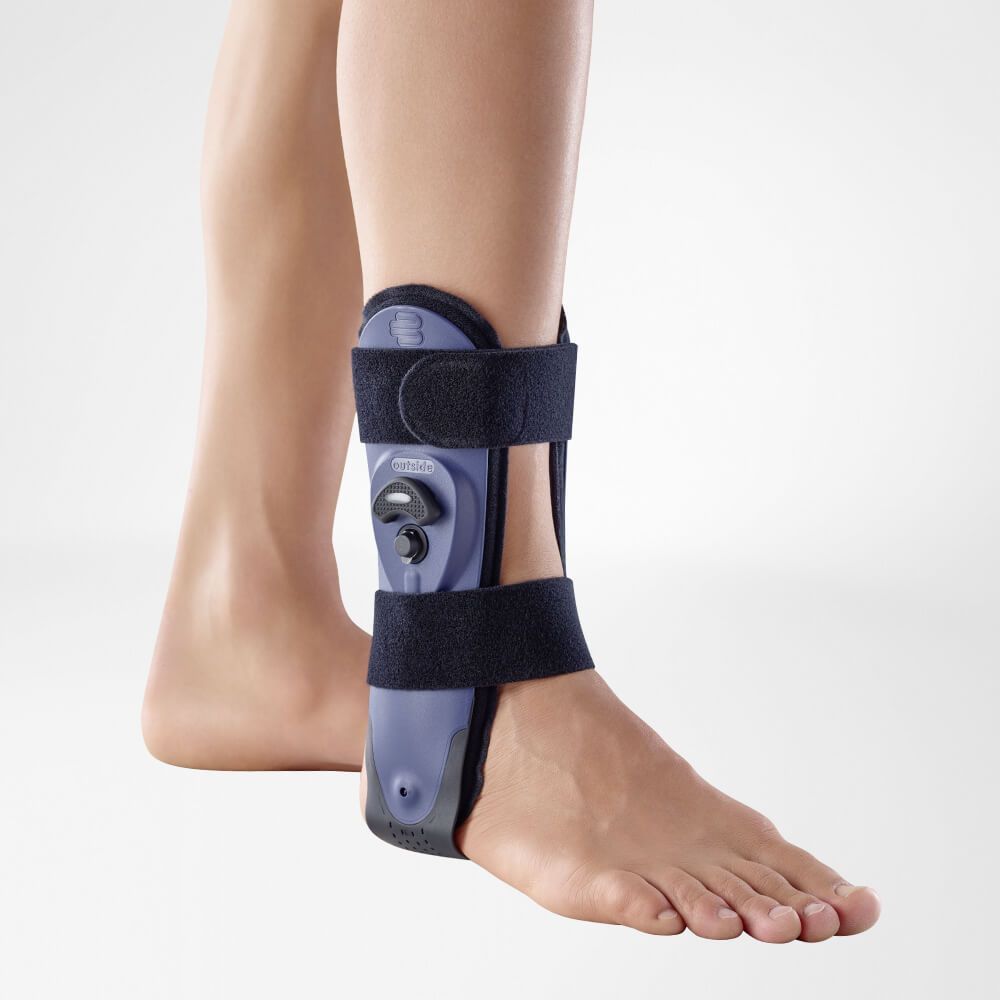Cartilage Problems
Joint surfaces are covered with a smooth layer of cartilage. Together with joint fluid, this allows the ankle to move smoothly. Due to wear and tear, cartilage loss can occur, resulting in bone-on-bone contact within the joint. This can lead to stiffness, pain, and swelling in the ankle joint. Additionally, bone spurs may develop along the edge of the joint, and the joint space may narrow as cartilage deteriorates. Cartilage loss can result from trauma, but other causes include age or rheumatoid arthritis.
Symptoms of cartilage damage
In ankle osteoarthritis, there is generally significant pain, especially after periods of rest. Morning stiffness is also a common symptom. Osteoarthritis is often accompanied by swelling, which means pain can also be present while at rest. Other symptoms may include limited range of motion and deformity of the joint.

Treatment of cartilage issues
Your symptoms, physical examination, and medical history are important for the doctor to make a diagnosis. An X-ray can confirm the diagnosis or rule out other conditions. Sometimes, a CT scan is used to better assess osteoarthritis. An MRI scan is usually not necessary for cartilage problems, as it mainly shows “soft” tissues (capsules, ligaments, and muscles).
Surgery is not usually the first recommendation; doctors will often look for alternative treatments first. These include anti-inflammatory medication, physiotherapy, or corticosteroid injections. Additionally, braces can help alleviate cartilage-related issues. At Podobrace, we offer various ankle braces that can provide support for this condition.

Bauerfeind AirLoc Ankle Support
Protection level 3
Gladiator Sports Lightweight Ankle Support with Straps

Morsa ThermoCY Lightweight Ankle Football Support

Dunimed Premium Ankle Support (Black & Beige)

- Physiotherapist
- Sports podiatrist
- Manual therapist
- Podopostural therapist
- Myofascial dry needling specialist


